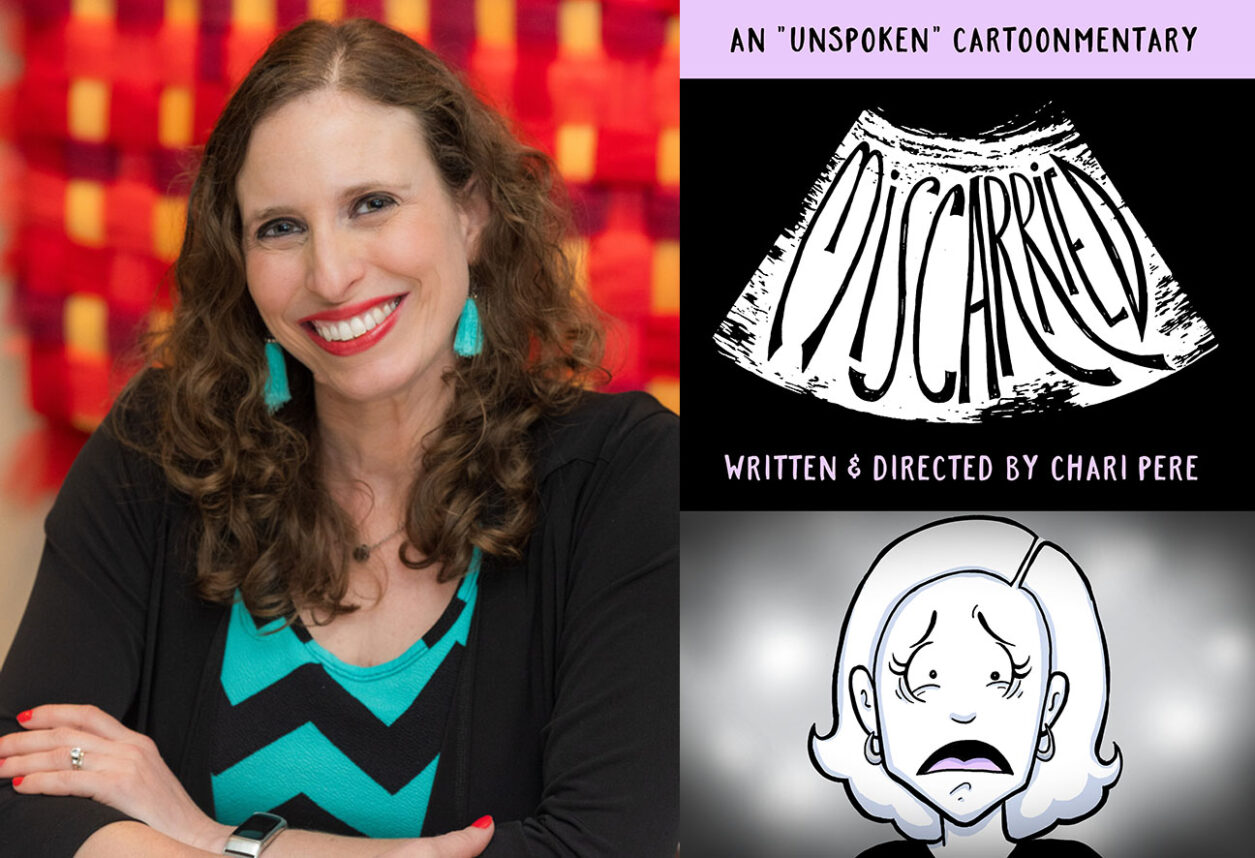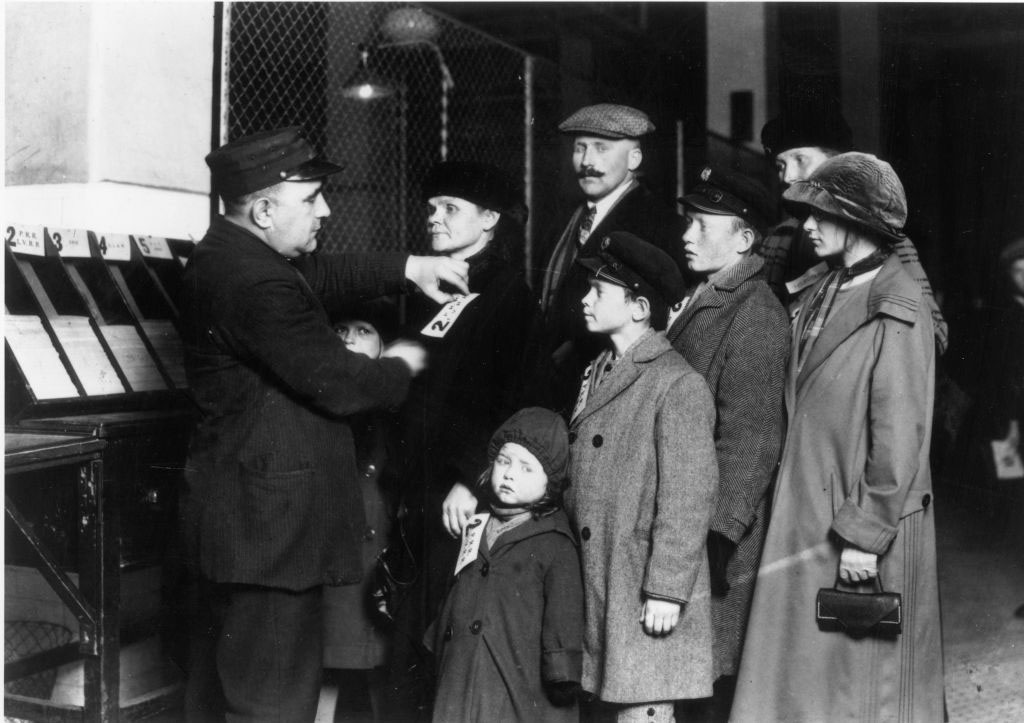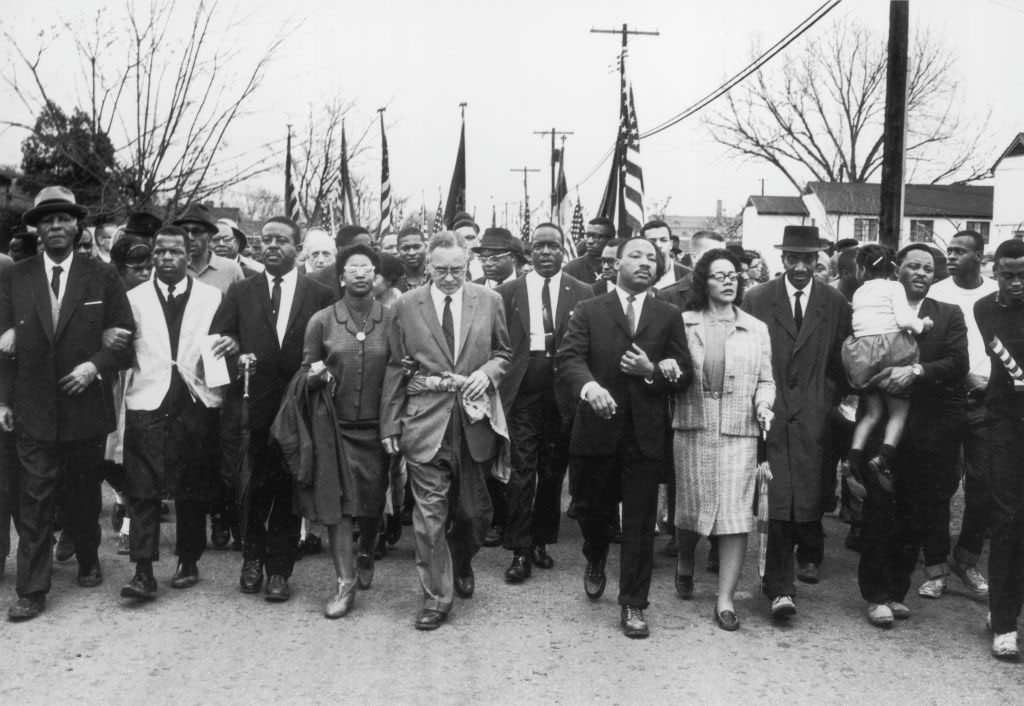Mark Weinstein can barely contain his excitement. Standing on the roof of a historic downtown building in the heart of the Fashion District, the boyish-looking developer points to a group of surrounding structures, his voice rising with excitement.
Where the untrained might see dilapidated buildings and a gritty alley littered with cars and trash, the 44-year-old speed-talker, with a wrinkle-free face framed by a shock of silver hair, sees something entirely different.
"Think of the Third Street Promenade in Santa Monica. There’s going to be restaurants, cafes, a dry cleaner, not to mention housing for firefighters, police officers and other working people. This is a once-in-a-lifetime opportunity," said Weinstein, who is working on one of the largest downtown redevelopment projects in decades.
Weinstein, president of Santa Monica-based MJW Investments Inc., is also an active philanthropist in the Jewish community, raising millions of dollars and social consciousness.
" I think Mark is illustrative of the dynamic younger generation of communal leaders," said John Fishel, president of The Jewish Federation of Greater Los Angeles. "He cares deeply about people, the community and Israel. He has made a difference."
In the next three years, his company will also make a difference in the larger community, with its plans to convert 578 offices in nine buildings into lofts and roll out tony shops and design showrooms. The recently renovated Gerry Building on Los Angeles Street, which is also part of the development, has attracted several new clients, including a yoga studio and swanky women’s clothier.
In an interesting twist, most of Weinstein’s buildings are across the street from a clothing store where he bought suits as a student at Loyola Law School 20 years ago.
Weinstein’s three-phase, $130-million project, known as Santee Court, is "a big piece of the puzzle to bring back vibrancy downtown," said Andrew Adelman, general manager of the Los Angeles Building and Safety Department.
Once Los Angeles’ crowning jewel, downtown began losing its luster in the 1950s, as residents pushed farther out into the suburbs, leaving behind the inner city core. By the late 1990s, the once-lively area had become a magnet for crime, the homeless and drugs. Once magnificent turn-of-the-century buildings were boarded up, victims of blight and neglect.
Although many politicians spoke of the importance of saving downtown, few did little more than make empty utterances. In 1999, though, the Los Angeles City Council passed an ordinance making it easier to convert downtown office space into apartments.
Developer Tom Gilmore, in the face of widespread skepticism, was among the first developers to take advantage of the new law. The New York transplant transformed three abandoned buildings in the Old Bank District into 230 fully rented loft apartments. His success paved the way for other developers, including Weinstein.
Although it still has a long way to go, downtown has made major strides recently in its quest to reinvent itself as a thriving, vibrant metropolis.
In late 1999, Staples Center, home to the Los Angles Lakers, Los Angeles Clippers and the Los Angeles Kings, opened its doors. Earlier this year, the Cathedral of Our Lady of the Angels, a new multimillion-dollar edifice, was completed at the corner of Temple and Hill streets. The Walt Disney Concert Hall, designed by famed architect Frank Gehry, is expected to be finished sometime in 2003.
Downtown’s comeback is "part of a larger trend of rejuvenating downtowns across the country, from Seattle to Denver to San Francisco," Adelman said.
Weinstein, part of the second wave of developers transforming downtown, snapped up his 10 downtown buildings four years ago for a paltry $18 million. He said he got such a good deal because most developers thought it would be too difficult to get financing for a central city project.
The naysayers had a point. With banker interest initially tepid, Weinstein had to dig deep into his own pockets. Lenders, he said, have warmed up considerably toward the project since then.
If the lofts — rents will range from $1,200 to $1,500 — fail to attract tenants, and retailers stay away, "My exposure is pretty big here," he said.
Weinstein has had other headaches.
He is collecting rents from at least 20 sewing shops and retailers that fill the ground floors of his buildings. Over the years, several of them have paid rents late or, occasionally, not at all.
One store owner negotiated a lease through a translator in Korean, which, Weinstein said, complicated the deal. Once an agreement was reached, the man broke into flawless English, flashing a smile.
To mitigate his risk, Weinstein and other MJW Investments executives made several field trips before breaking ground on Santee Court. They visited Dallas, Denver and other cities to understand how their once ailing downtowns had turned things around.
Talking with developers, contractors and even politicians, Weinstein and his team learned that tenants like oversized bathtubs, lots of closet space and the unfinished look if tastefully done. Santee Court will incorporate all those features, he said.
"We’ve done our homework," Weinstein said.
MJW has 70 employees and offices in Santa Monica, Los Angeles and Reno. It owns and manages 3 million-square-feet of commercial and residential real estate valued at about $200 million.
Weinstein said more than profits are driving his ambitious Santee Court project. In keeping with his desire to give back to society, he plans to set aside about 20 percent of the apartments for low-income housing. The city does not require him to build low-income units, said Hamid Behdad, project manager in the mayor’s Office of Economic Development.
For Weinstein, who grew up in a hardscrabble neighborhood in Canoga Park, living in a place like Santee Court will give those of lesser means a comfortable place to live, he said. Among the development’s amenities will be rooftop swimming pools, a driving range and basketball courts.
A hyperkinetic force of energy who sleeps but six hours a night to squeeze the most out of life, Weinstein said he learned about philanthropy at the knee of his late cousin, Zel Camiel. As a young boy, Weinstein spent summers with the Del Mar liquor store owner, who gave more than one-third of his income to nearly 40 charities. Camiel impressed upon him the importance of helping others. It was a lesson Weinstein said he learned well.
Weinstein, who practiced law before devoting his considerable energies to real estate, began giving to Jewish causes in the late 1980s, after a first visit to Israel stirred him. Around the time he reconnected with his Jewish roots, Weinstein completed one of the first major live-work loft projects in Old Town Pasadena, a development that put him on the map.
Over the years, Weinstein estimates he has given more than $100,000 to The Jewish Federation of Greater Los Angeles. In honor of a former girlfriend who died six years ago in a rollerblading accident, he created a 100-acre forest in Israel and dedicated it to her memory.
Closer to home, he headed The Federation’s Real Estate Division for three years, raising $13 million in the process.
Weinstein said that’s what it’s all about.
"You need to give back if you’re fortunate to receive. It’s tzedakah," said Weinstein, who lives on the beach in Venice. "We have been involved in giving for our 5,000-year history, and I want to continue that tradition."





















 More news and opinions than at a Shabbat dinner, right in your inbox.
More news and opinions than at a Shabbat dinner, right in your inbox.